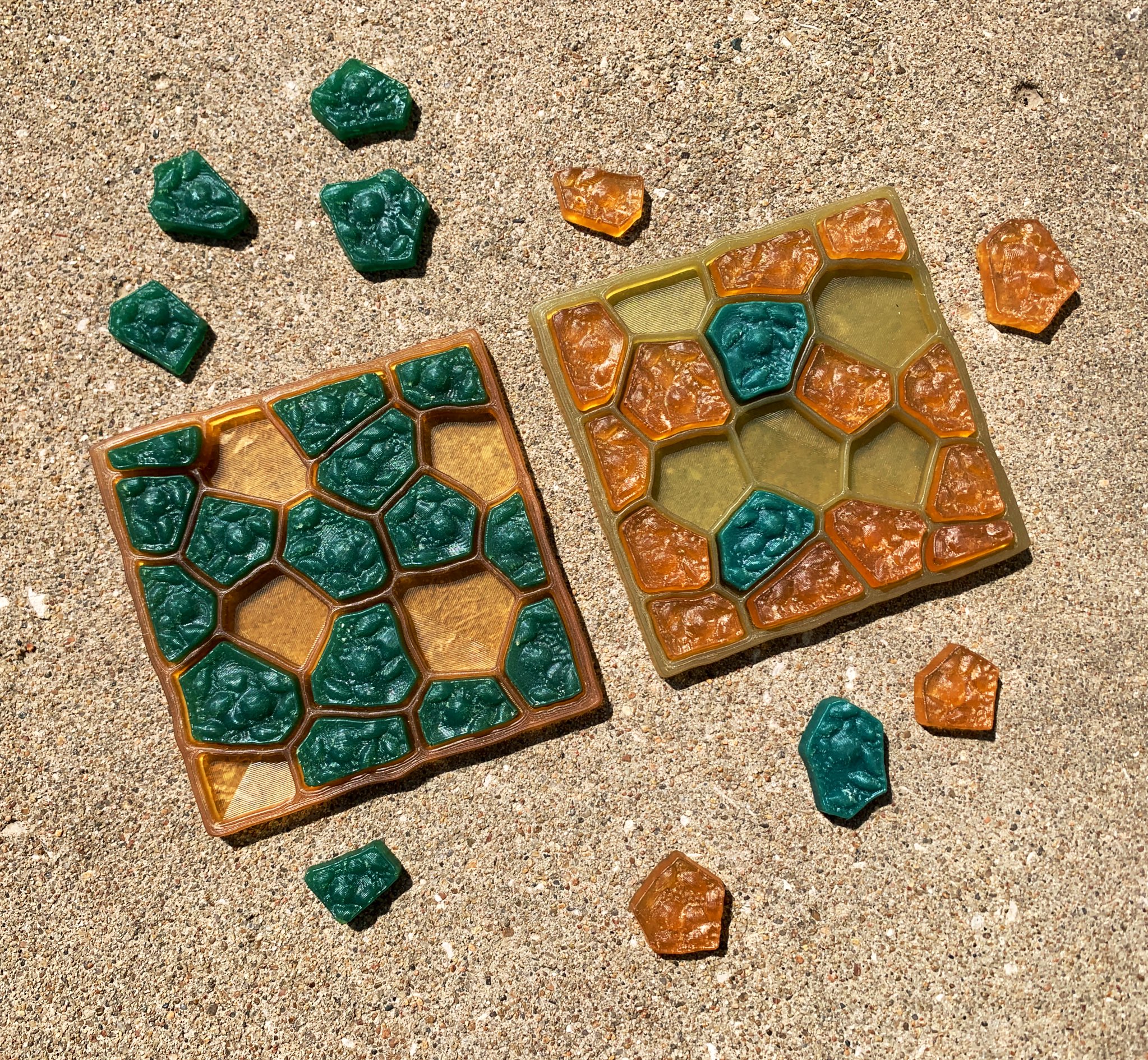SciArt profile: Mol Mir
Posted by the Node, on 9 January 2023
In our first SciArt profile of 2023, we hear from Mol Mir, a Science Visualization specialist in Alejandro Sánchez Alvarado’s lab at the Stowers Institute for Medical Research. Mol shares how a tour of an EM facility turn into a job, and how science and art are deeply intertwined for them.

Where are you originally from and what do you work on now?
I grew up in North Carolina in the United States. I moved to Kansas City, Missouri in 2015, where I attended Kansas City Art Institute and received my bachelor’s degree in Interactive Arts in 2019. I’m currently working at Stowers Institute for Medical Research in Kansas City as a Science Visualization Specialist in Alejandro Sánchez Alvarado’s lab.
As a Science Visualization specialist, my responsibilities are to learn and to share. With a background in art and user-centered design, I get to spend my time solving puzzles about how to present data to both scientists and non-scientists. I mostly work with planarians, using electron microscopy (EM) data to see their cells in 3D, at a high resolution, and within the context of the animal. Planarians are flatworms with an incredible ability to regenerate due to their stem cells, which happen to be the only cells in this animal that divide. I spend a lot of time creating 3D models of dividing cells or differentiated cell types. The amount of time I’ve spent with my eyes on this data makes me an expert resource for other lab members as their research leads them to a particular type of cell or region of the animal.

Were you always going to be an artist?
Yes, I was always going to be a creative of some sort. The first thing I ever said I wanted to be when I grew up is a ‘coloring dentist’ – don’t ask me what I meant by that, because I don’t really know! Although, I imagine it’s actually pretty similar to the work I’m doing now!

And what about science – have you always enjoyed it, and how did you begin working in the lab?
Yes, I’ve had a love for biology all my life. I thought I missed my chance to be involved in science because I had a difficult time in school (I’m neurodivergent). I headed in the direction of art because I thought that was the only thing I could do. But while I was in school – searching for the reason why I want to make things – I fell in love with the cell! I began making artwork of cells, including a 3D printed cell model, a quilt, and several puzzles. At the end of my third year at KCAI I met my mentor, Steph Nowotarski, during a tour of Stowers in the electron microscopy department. What started as a wonderful internship (where I traded 3D printing knowledge for learning about cell & developmental biology) later turned into my full-time job. I’ve learned so much about science, biology, planarians, and electron microscopy since then.

What or who are your most important artistic influences?
Growing up, I had this amazing set of books: the Childcraft collection. These books and science museums for children have been huge influences on my work. Recently, I’ve also been inspired by the work of Agnes Pelton, Gemma Anderson, and Ipsa Jain.

How do you make your art?
I really have two categories of art-making: art for communication, and art for expression. My communication artwork centers around a topic I want to explore or share with others. Here, accuracy is very important, and so is ‘testing’. It’s important to test my work with a smaller audience before I set it free into the world, to make sure it’s communicating what it is supposed to communicate! My artwork for expression is something else. It is about making for the sake of making and most of this happens in my sketchbook.

Does your art influence your science at all, or are they separate worlds?
My art and science are deeply intertwined. Most of my work involves looking at electron microscopy images of cells. This very directly inspires my artwork, as cells are a common subject for me. Sometimes my sketchbook explorations will give me new ideas for data visualization and communication.
So, my art for communication is inspired by science and my science is inspired by my art for expression!

What are you thinking of working on next?
My next big project is a book! I’m working on a book that will serve as a collection of planarian cell types through electron microscopy that also helps people to understand EM images and how they are created. This is a project I’ve been thinking about for a long time, so it’s very satisfying to be working towards it now.
Twitter: @molecularmirror
Instagram: @molecularmirror
Thanks to Mol and all the other SciArtists we have featured so far. We’re looking for new people to feature in this series – whatever kind of art you do, from sculpture to embroidery to music to drawing, if you want to share it with the community just email thenode@biologists.com (nominations are also welcome!)


 (10 votes)
(10 votes)